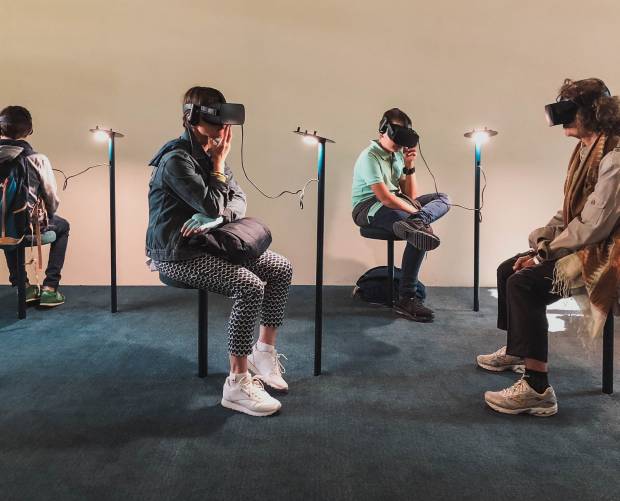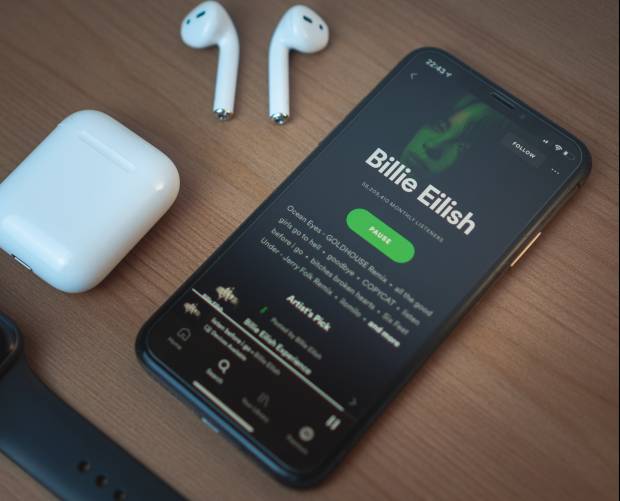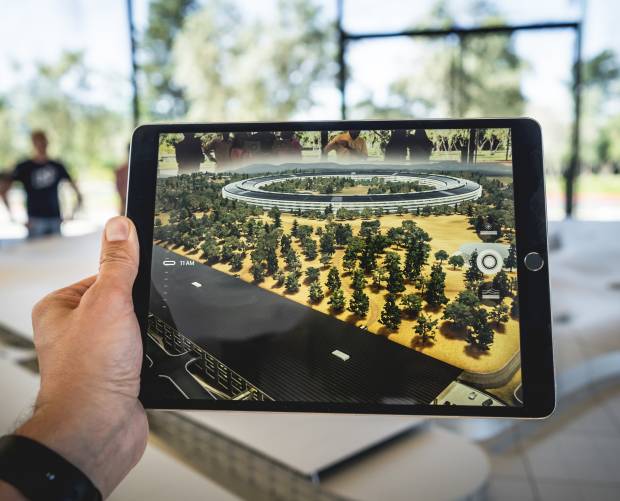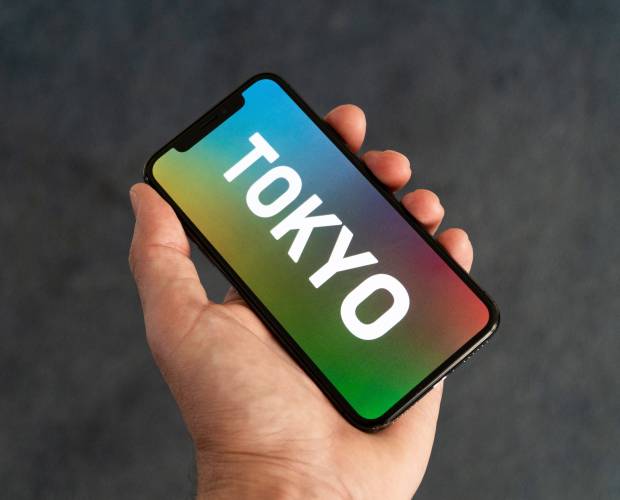What You (may have) Missed – Part 38
- Wednesday, December 31st, 2008
- Share this article:
A slightly different round-up for you this month, a day early, and this time round, we’re looking at the key events of the past year in the mobile marketing world.
January kicked off with some good stats and some bad stats. The good ones came from Acision, which released figures showing that global SMS traffic over the 2007/2008 New Year period had increased by 30% compared with the same period the previous year, as no less than 43 billion text messages were sent by people to each other to wish them a Happy New Year.
The bad ones came from Pitney Bowes Group 1 Software, which released a report that revealed that churn within the mobile sector had risen from 33.4% in 2005 to 38.6% in 2007. That’s a stat that would keep anyone in charge of a mobile network awake at night, and we wonder whether things will show any sign of improvement when the figures for 2008 are out.
Perhaps they will if SNAPin Software secures more contract like the one it announced in February; a global deal with Vodafone Group to deploy its SelfService software as part of a global initiative to increase customer satisfaction, and grow customer loyalty.
Another significant announcement in February came from ROK, which revealed that Cadbury Creme Egg, Twentieth Century Fox Home Entertainment’s ‘24’ and Codemasters were among the first advertisers on its FreeBe TV service, a sure sign that mainstream brands were starting to embrace the mobile channel.
Talking of embraces, in March, mobile and online flirting service Flirtomatic revealed that the virtual engagement ring promotion it had run at the end of February had generated 14,278 sales of virtual rings at a cost of around 40 pence each.
Meanwhile, Bango released statistics showing a shift in mobile web traffic, from the mature mobile markets of Europe and the US to the developing markets of China and India. According to the stats, the top six countries accessing the mobile web via Bango in January 2008 were the UK, India, the US, South Africa, Indonesia and China, with China rising from 19th position six months ago.
April was a busy month, as the Mobile Marketing Association (MMA) published its global Mobile Advertising Guidelines, which were designed to encourage the uptake of mobile advertising by brands worldwide, while enhancing and protecting the customer’s experience.
In the same month, ad-funded mobile network Blyk revealed that it had signed up its 100,000th member, and Refresh Mobile unveiled Mippin Maker, an entirely free service that creates a perfectly-rendered mobile edition of a publisher’s website on the fly from an RSS feed.
In May, Nielsen Mobile published research showing that 44% of UK mobile phone subscribers belong to an online social network, and that of these, 25% use their mobile phone for social networking-related activities. And Vodafone agreed to pay €31.5 million (£30.4 million) to acquire Zyb, the Danish company that operates a social networking and online management tool enabling mobile phone users to back-up and share their handsets’ contact and calendar information online.
There was only one bit of news catching the public’s attention in June – the long-awaited launch of the iPhone 3G. Elsewhere, Blyk announced plans to launch services in Germany, Spain and Belgium in 2009, having already earmarked a launch in the Netherlands.
In July, Apple revealed that the iPhone 3G had clocked up sales of 1 million handset over the launch weekend, across 21 countries, and that iPhone and iPod Touch users had downloaded more than 10 million applications from the Apple App Store within a week of its launch.
Still with the iPhone, AdMob published figures showing that its iPhone network had served 51.8 million ads worldwide in June, a 32% increase on the 39.1 million ads served in May. And the European Commission revealed that it would begin working on measures to reduce the cost of sending and receiving text messages, and surfing the mobile web, while abroad, saying that calls on the industry for self-regulation and voluntary reductions of roaming prices for text messages had not been answered.
August saw O2 UK partner with Sony BMG Music Entertainment UK to launch ‘My Play’, the first operator-supported, major label mobile music store, available exclusively through O2 Active, and powered by Momac’s multimedia publishing platform GoMedia. In the same month, Vodafone UK unveiled ‘Vodafone Music’, which enables Vodafone customers to discover and buy music anytime and anyplace.
And idle screen media company Celltick launched a mobile media service over China Unicom's network in time for the Olympics. The service provided official Olympics-related content directly from Xinhua News, the official news agency in China, including the latest news, results and anecdotes, accompanied by topical games and applications.
The big news in September was the announcement of the launch date for the first Android OS-based phone, the ‘T-Mobile G1 With Google’. Also significant was the appointment of the Internet Advertising Bureau (IAB) to promote mobile as an advertising channel. We should find out during 2009 what sort of an impact the IAB is having.
In October, mobile agency RingRing Media announced the launch of I’AM, which it described as the mobile industry’s first mobile advertising network optimisation platform that connects publishers to the largest possible pool of advertisers. And the Direct Marketing Association (DMA) revealed that Incentivated, Steak and 20:20 London had been shortlisted for the Mobile Marketing award in the 2008 DMA Awards. (Incentivated would pick up the award.)
In November, digital agency Graphico revealed that it w
as using on-pack and on-shelf QR codes for Pepsi to drive consumers to a dedicated microsite it had created. There was more good news for the fledgling technology as directory company Yell announced that it was to trial QR Codes on the front covers of two editions of its Yellow Pages directories. In this case, the codes will take consumers to local cinema and weather information via the mobile web.
adidas took the award for Overall Excellence in the Mobile Marketing Association’s 2008 Awards. And independent mobile advertising agency RingRing Media revealed that it had booked over $1 million (£685,000) of search and display mobile advertising for its clients, since its launch in June.
The year ended with mobile social network it’smy.com pledging its support for the embattled US automotive industry with 100 million free mobile web page impressions for brand advertising with banners. The social campaign will be displayed between January and March 2009 on the mobile web for customers of all carriers in the US.
Also in December, Skyfire announced the launch of its mobile browser of the same name in the UK, claiming that the browser is “the only mobile browser that makes browsing on a mobile phone just like browsing on a PC”.
And finally, the Mobile Marketing Association (MMA) revealed that its membership numbers had risen by over 40% during 2008.
A nice, upbeat note on which to end the year. Let’s hope the MMA continues its good work in 2009, and that everyone in the mobile marketing business enjoys a successful year. Here at Mobile Marketing Magazine, we’ll do our best to keep you fully updated on what everyone's up to, with normal service resuming on Friday.
We wish all our readers a happy and prosperous 2009.
David Murphy
Editor
















